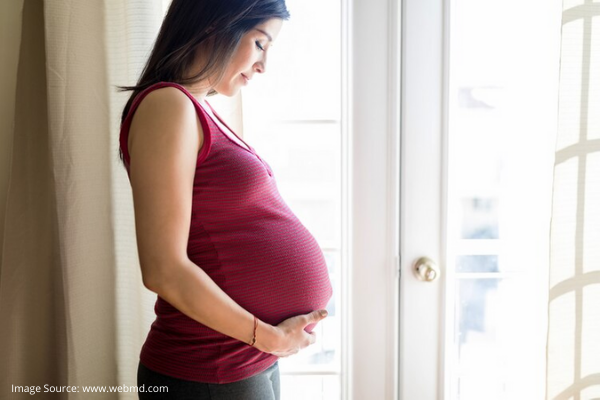

PREGNANCY AND DELIVERY CARE

Nothing could possibly compare to the joy of becoming a parent. After nine long months of waiting, the moment you have been waiting for is almost there: the birth of your baby. However, you still need to go through the birthing process. Not all birthing go unmarked with a normal vaginal delivery.
There are four main types of birthing processes – the normal vaginal delivery, cesarean section, forceps delivery and vacuum extraction. Of these, normal vaginal delivery through the birth canal is the safest and commonest way of birthing. Sometimes an epidural analgesia may be given to reduce the pains or drugs to hasten labour.
There are other instances such as when the baby’s head is not in the downward position or if the baby is in distress or is too large to pass through the pelvis, then other delivery methods may be employed to ensure the safety of the mother and baby. An assisted vaginal delivery (AVD) is considered in such circumstances and includes the use of instruments such as forceps or a vacuum extractor. A forceps delivery employs the use of an instrument shaped like two large spoons that are used to ‘cup’ the baby’s head gently and guide it down the birth canal as the mother pushes the baby the rest of the way.
In certain cases, a vacuum extraction procedure is employed in AVDs. During the process, suction is provided through a vacuum cup and applied to the baby’s head to assist in delivery through the vaginal birth canal. Both the above AVD methods are applied when the mother is already in the second stage of labour but is unable to progress further.
The need for Cesarean section or C-section deliveries is usually determined after the labour process begins. It may be that the baby’s head is in the wrong way or the mother or baby has gone into distress; it could also be because the previous delivery was also by a C-section and there is a chance of rupturing the uterus by undergoing normal vaginal delivery, thus making it high-risk.
Women these days are increasingly opting for a pre-planned cesarean delivery for the convenience of having a fixed delivery date or to avoid the labour pains of a normal delivery. However, the downside to this is that subsequent pregnancies will most probably have to be through c-section too, and these come with their own set of risks as they are major surgeries that result in longer recovery times, both in the hospital as well as home. These high-risk pregnancies might also result in heavy bleeding, blood clots or infections.














